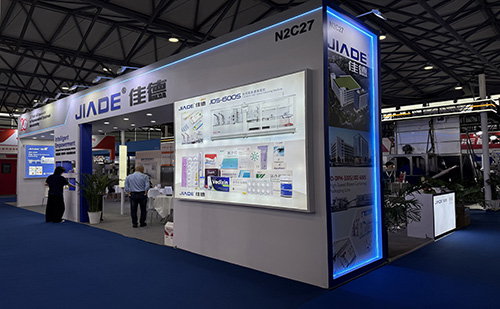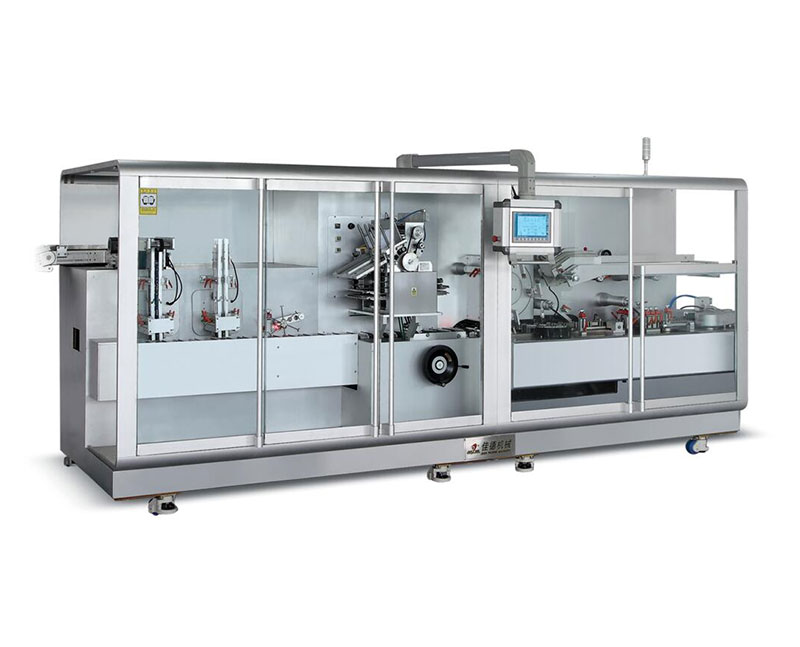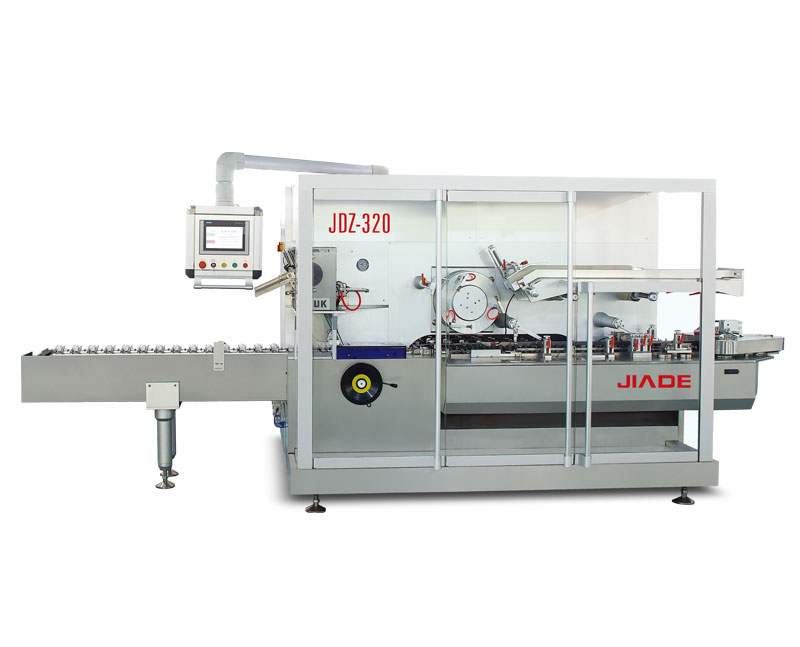What is a Blister Packaging Machine?
A Blister Packaging Machine is a specialized piece of equipment used to create packaging that consists of a cavity or pocket formed from a thermoplastic material, which securely holds a product, and a backing seal, usually made of paperboard, foil, or another flexible material. This type of packaging is widely recognized for its protective, display, and tamper-evident properties, making it a popular choice across numerous industries.
How Does a Blister Packaging Machine Work?
The operation of a Blister Packaging Machine typically involves several key steps:
1. Sheet Heating
First, a flat sheet of thermoplastic material, such as PVC (polyvinyl chloride), PET (polyethylene terephthalate), or PP (polypropylene), is loaded into the machine. The sheet is then transported to a heating station where it is evenly heated. This heating process softens the plastic, making it malleable and ready to be formed into the desired shape.
2. Molding
Once the plastic sheet is softened, it moves to the molding station. Here, a mold with cavities corresponding to the shape of the product is used. There are different molding methods, including vacuum forming, pressure forming, and plug-assisted forming. In vacuum forming, a vacuum is applied to draw the softened plastic sheet into the mold cavities, shaping it around the product's contours. Pressure forming, on the other hand, uses air pressure to push the sheet into the mold. Plug-assisted forming combines mechanical pressure from a plug with vacuum or pressure to ensure more accurate and consistent cavity formation.
3. Product Loading
After the blister cavities are formed, the machine either manually or automatically places the product into the cavities. In automated systems, robotic arms or other mechanical devices precisely position the products, ensuring each cavity is filled correctly.
4. Sealing
Finally, a backing material, like paperboard or foil, is placed over the filled blister cavities. The machine then applies heat and pressure at the sealing station to bond the backing material to the edges of the blister sheet, creating a secure and airtight package. Some machines may also incorporate additional features, such as cutting the blister packs into individual units or adding perforations for easy opening.
Applications of Blister Packaging Machines
Blister Packing Machines are used extensively across various industries:
- Pharmaceutical Industry: They are crucial for packaging pills, capsules, and other medical products. Blister packs in this industry offer protection against moisture, light, and contaminants, while also providing accurate dosing information and ensuring product integrity until use.
- Food and Beverage Industry: Employed to package items like snacks, candies, and pre-portioned food products. Blister packs help preserve the freshness of food, extend shelf life, and offer convenient portion control for consumers.
- Electronics and Hardware: Used to package small electronic components, screws, nails, and other hardware items. The protective nature of blister packs safeguards these products from damage during storage and transportation.
- Cosmetics and Personal Care: Ideal for packaging lipsticks, blushes, and other small beauty products. Blister packs not only protect the items but also enhance their visual appeal on store shelves.
Related Topics
1. Sustainable Blister Packaging Solutions
As environmental concerns grow, the demand for sustainable blister packaging has increased. Traditional thermoplastic materials used in blister packs are often non-biodegradable, contributing to plastic waste. However, the industry is now exploring alternatives. Biodegradable and compostable materials, such as polylactic acid (PLA) derived from renewable resources like cornstarch, are being developed for use in blister packaging. Additionally, efforts are being made to improve recycling rates for blister packs by developing more recyclable materials and enhancing collection and recycling infrastructure. Manufacturers and brands are also considering designs that reduce material usage, such as thinner blister sheets or more efficient cavity shapes, to minimize the environmental impact of blister packaging.
2. Advanced Automation and Integration in Blister Packaging Machines
The future of Flat and Roller Forming blister packaging machines lies in increased automation and integration with other manufacturing processes. Advanced robotic systems are being incorporated into blister packaging lines to handle product loading, quality control, and packaging inspection with greater precision and speed. Integration with enterprise resource planning (ERP) systems allows for real-time monitoring of production data, inventory management, and supply chain optimization. Moreover, the use of artificial intelligence and machine learning algorithms can predict machine maintenance needs, optimize production parameters, and improve overall equipment efficiency. These advancements not only enhance productivity but also enable manufacturers to meet the growing demands for high-volume, high-quality blister packaging while reducing labor costs and minimizing errors.






